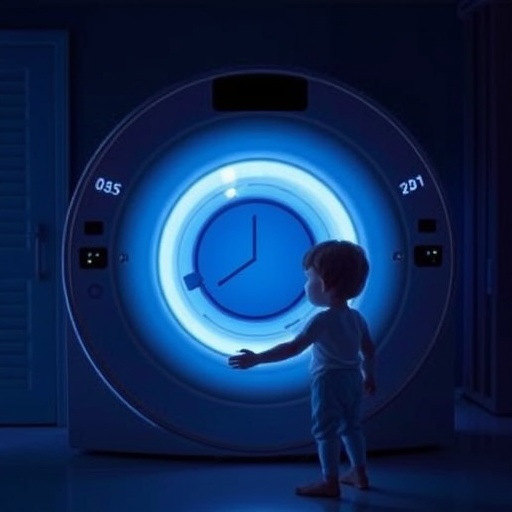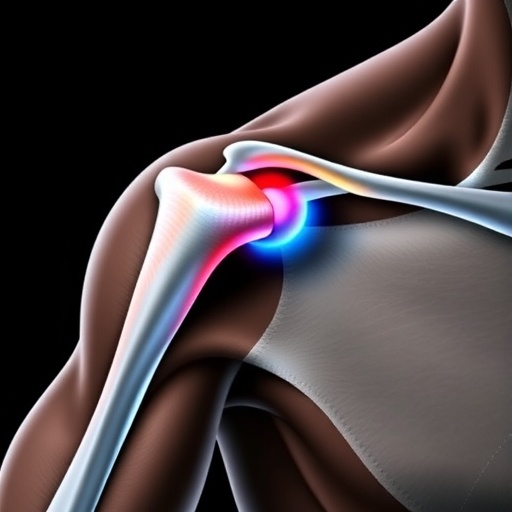The nation's public umbilical cord blood banks provide benefits that far outweigh their costs and should continue to receive federal support, even though use of cord blood stem cells from the banks has been declining, according to a new RAND Corporation study.
Federal regulators can better support the 19 public cord banks by standardizing the way the organizations are paid and by encouraging collection practices that increase the diversity of the cord blood collected, according to the report.
"While public cord blood banks are having some trouble competing in the medical marketplace, they remain an important resource for patients and the research community," said Kandice Kapinos, lead author of the study and an economist at RAND, a nonprofit research organization. "There are strategies available to strengthen public cord banks and broaden their usefulness."
Transplanted stem cells from umbilical cord blood can be used to provide lifesaving treatment to people with leukemia and other serious disorders. Billions of stem cells reside in just a few ounces of cord blood, which is collected painlessly from the umbilical cord after birth.
The U.S. government began a public cord blood program in 2005 to create a nationwide inventory of high-quality and genetically diverse cord blood. Public blood banks collect cord blood for free, but fees are charged when the cord blood is withdrawn for clinical care.
The proportion of stem cell transplants that use cord blood relative to transplants using other types of stem cells — such as those from harvested bone marrow — has been falling in recent years. Because of declining demand and increasing costs, some of the public banks, which are nonprofit entities, have struggled to make ends meet.
RAND researchers conducted the study by examining past research about cord blood banks, analyzing data on public cord blood bank collection and use, and interviewing a wide set of stakeholders, including blood bank leaders, transplant center physicians, representatives from relevant government agencies and medical researchers who use cord blood.
Researchers estimated that the average annual value of having a national public bank system ranges from $883 million to $1.7 billion, far outweighing the annual costs of $60 million to $70 million to maintain the current program.
In addition, the public cord banks have exceeded the goal of having 150,000 public available cord blood units, which was set 15 years ago when the banks were created. However, the number of useable units available remains low, particularly for some minority groups.
The federal government began offering subsidies to public contractor banks more than 10 years ago, but the subsidies are not structured to discourage the processing and banking of units with lower total nucleated cell counts, which are not likely to be used.
The RAND study recommends that the federal government find ways to encourage public cord banks to bank samples with higher total nucleated cell counts as those are the most useable and they help expand the utility of the national inventory.
Researchers found that some public cord banks have improved their finances by selling their processing or testing services to private banks, while others have found efficiencies by joining larger organizations such as whole blood centers or hospitals.
###
Support for the study was provided by the U.S. Department of Health and Human Services, Office of the Assistant Secretary of Health.
The study, "Challenges to the Sustainability of the US Public Cord Blood System," is available at http://www.rand.org. Other authors of the study are Brian Briscombe, Tadeja Gračner, Aaron Strong, Christopher Whaley, Emily Hoch, Jakub Hlávka, Spencer Case and Peggy Chen.
RAND Health is the nation's largest independent health policy research program, with a broad research portfolio that focuses on health care costs, quality and public health preparedness, among other topics.
Media Contact
Warren Robak
[email protected]
310-451-6913
@RANDCorporation
http://www.rand.org




